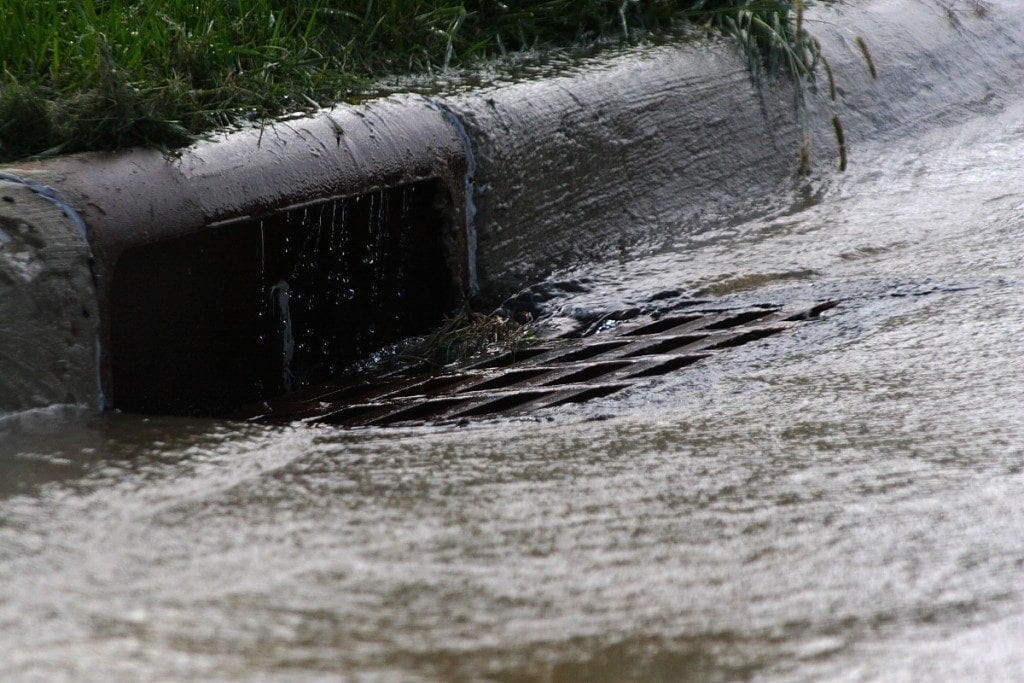Every commercial lender knows the importance of getting a civil engineer to look at a property to assess the feasibility for development. Many lenders also insist on Phase I Environmental Site Assessments on potentially risky properties, to mitigate their own risk in lending against a possibly contaminated site.
Whether the property is undeveloped land or land slated for redevelopment, what you don’t know about its unique topography, history, and condition can impact its ability to meet the codes for stormwater handling, which could affect the developer’s plan to make it profitable.
Here’s what you need to know about stormwater management risks on both undeveloped and previously developed property.
Stormwater system risks on undeveloped land
When a developer goes shopping for undeveloped land, the biggest concern—after location—is generally the amount of developable area. The developer will generally consider a large number of competing factors to determine this number: Encumbrances, right of ways, easements, buffers, and topography. Unfortunately, the one thing that impacts the developable area most is usually relegated to an after- thought, and only addressed after the property is purchased: The stormwater system.
In order to build and operate a development, every property must have a certified stormwater system in place. The purpose of the stormwater system is to ensure that development activities don’t cause excessive run-off or pollution onto adjacent properties or into waterways. In the majority of projects, the stormwater system takes up a standard amount of room, which can be incorporated into the plans, and accounted for.
Unfortunately, sometimes the standard amount of room isn’t even close to enough. It’s always a sad day when a developer comes to us asking for a stormwater plan and we have to come back to them and explain that their desired system is going to take up large portions of the area they had planned to develop in.
This can happen if the area lies in a flood plain that’s not marked on FEMA floodplain maps, or if its topographical features cause it to collect or store water in unusual quantities. Such a situation can sometimes be remediated, in order to return the property to the desired developable area, but such an engineered system is often cost prohibitive.
Needless to say, this situation puts the developer at greater risk of default. Even if the development goes through, the value of the land—against which the loan is secured—is diminished.
Fortunately, avoiding the problem is as simple as insisting on a stormwater system feasibility assessment prior to underwriting the loan. By having an experienced and qualified civil engineer look at the property and determine whether a standard system is feasible, both the developer and the lender gain assurance that the property will be developable as planned.
Stormwater system risks on developed land
Another mistake developers and lenders frequently make is in assuming that because a property was previously developed, it already has an adequate stormwater system in place. This is often far from the case—in fact, the presence of an existing system does not even mean that an adequate and cost-effective system can be implemented.
There are two reasons for this. The existing system may be in poor condition and require a complete renovation and reengineering, or the system may have been built under less stringent code requirements, and needs to be updated to meet current code.
In either case, the impact can be the loss of developable area.
In both cases—whether lending against undeveloped land or redeveloped land—lenders are well served to insist that developers do a stormwater feasibility assessment prior to underwriting, to ensure that their plans for the property can be realized.



